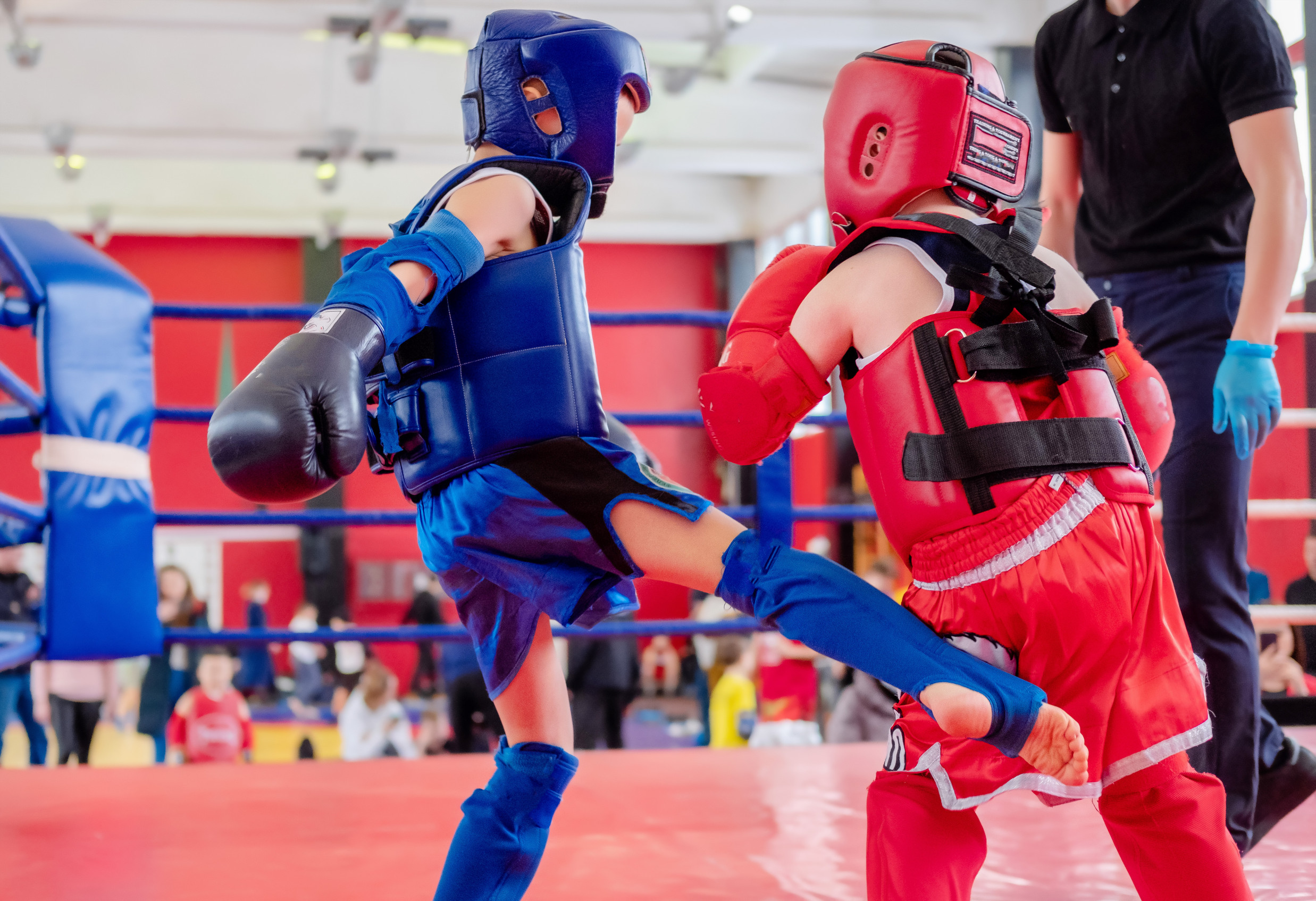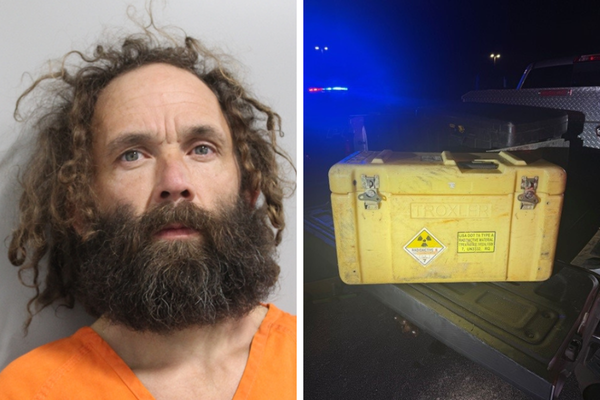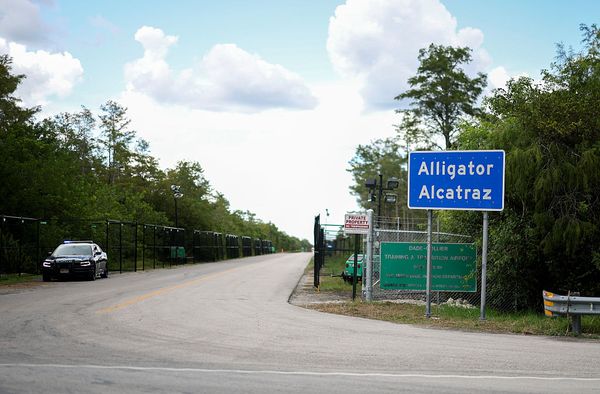Parents often sign their children up for programs believing they’re providing enrichment, growth, and a safe space after school. While many of these programs do offer real benefits, not every activity is as safe as it seems. Hidden risks—from physical injuries to mental health challenges—can lurk behind even the most popular choices. Recognizing after-school activities that are quietly putting kids in danger is an important step in making sure your child stays healthy and protected.
1. Competitive Sports with Overtraining Risks
Sports can build teamwork and discipline, but the pressure to succeed can push kids beyond their limits. Overtraining often leads to injuries like stress fractures, sprains, or concussions that may go unnoticed until they worsen. Coaches sometimes prioritize performance over safety, which adds to the risk. Parents may also underestimate how quickly frequent practice schedules wear children down. For many families, competitive sports rank high among after-school activities that are quietly putting kids in danger.
2. Martial Arts Programs with Minimal Oversight
Martial arts are praised for teaching respect and focus, but not all programs are created equal. Some schools have underqualified instructors who fail to emphasize safety or proper technique. Children may be pushed into sparring before they are ready, leading to unnecessary injuries. Facilities with poor supervision can also allow bullying or unsafe practices to go unchecked. Without careful research, martial arts can become one of the after-school activities that are quietly putting kids in danger.
3. Music Lessons That Trigger Performance Anxiety
Learning music can enhance creativity, but high expectations can create intense pressure. Children may feel overwhelmed by constant practice requirements or the stress of public performances. Instructors who focus only on perfection instead of growth can unintentionally harm a child’s self-esteem. This emotional toll often goes unnoticed because parents see music as a “safe” choice compared to physical activities. As a result, music lessons can surprisingly be one of the after-school activities that are quietly putting kids in danger.
4. Academic Tutoring with Excessive Demands
Extra tutoring may help children succeed in school, but pushing too hard can backfire. Sessions that pile on additional hours of work after a long school day may lead to burnout. Students can experience sleep deprivation, anxiety, or even depression when the pressure becomes too much. Parents often mistake this stress for laziness or lack of focus, missing the deeper issue. Academic tutoring can quietly shift into one of the after-school activities that are quietly putting kids in danger when balance is lost.
5. Dance Classes with Body Image Pressures
Dance is often viewed as a healthy form of expression, yet it can expose children to harmful body image messages. Instructors or peers may emphasize appearance over skill, fostering unhealthy comparisons. This environment can lead to disordered eating, low self-worth, or long-term mental health struggles. Injuries are also common when students are encouraged to push their bodies too hard. What seems like a creative outlet can quickly become one of the after-school activities that are quietly putting kids in danger.
6. Technology Clubs with Unmonitored Screen Time
STEM and coding programs can prepare kids for the future, but they often involve extended screen time. Excessive use of computers or tablets may lead to eye strain, posture issues, or disrupted sleep cycles. Without careful monitoring, kids might also stumble into inappropriate online spaces or unsafe interactions. Parents may see these clubs as purely educational and overlook the hidden risks. In reality, technology-based programs can be among the after-school activities that are quietly putting kids in danger.
7. Volunteer Programs That Lack Proper Safeguards
Community service and volunteering can teach responsibility, but not all programs are designed with children’s safety in mind. Some placements may expose kids to unsafe neighborhoods or situations where adult supervision is minimal. Inadequate background checks on staff or mentors further increase risks. Parents who assume nonprofit organizations are always safe may unknowingly overlook warning signs. Without strong oversight, volunteer work can sadly fall into the category of after-school activities that are quietly putting kids in danger.
Awareness Is the Best Form of Protection
Not every program carries equal risks, but parents need to look beyond surface benefits and examine the hidden dangers. Asking questions about supervision, instructor training, and safety policies can prevent problems before they arise. Encouraging open conversations with children about how they feel in these programs also helps parents catch warning signs early. Recognizing the potential for harm does not mean avoiding all activities—it means choosing wisely. By being proactive, parents can make sure after-school activities enrich their kids’ lives without quietly putting them in danger.
Have you ever discovered hidden risks in a program your child attended? Share your experiences and insights in the comments below.
What to Read Next…
8 School Rules That Should’ve Changed Decades Ago
Here’s Why School Supplies Continue to Cost More and More Every Year
Is Your Child’s School Quietly Tracking Their Location Without Your Consent?
12 Reasons Why Your Kids are Behind Academically
7 Reasons You Shouldn’t Waste Money on Private Schools
The post 7 After-School Activities That Are Quietly Putting Kids in Danger appeared first on Kids Ain't Cheap.








